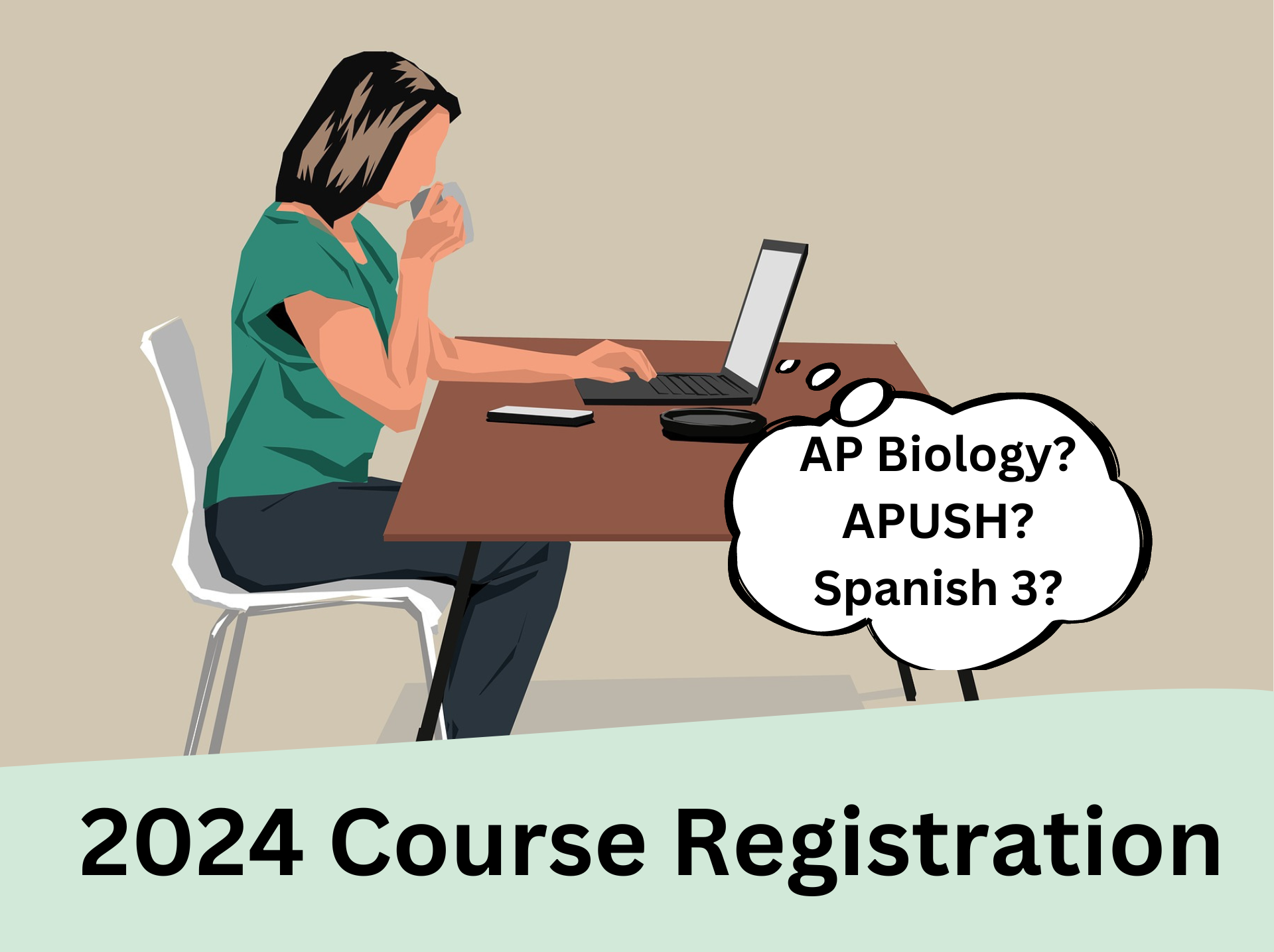By Dana Michlin
I’m going to go out on a limb here and say that most people dread taking drivers’ ed. The 30 hours of classroom instruction combined with 12 hours of on-the-road lessons don’t qualify as time well spent. And I haven’t even brought up the 6 hours of observation and the $600 that the program costs. And ultimately, I’m not so sure that driver’s ed ends up having any major benefits for teens . So why should it be mandatory in Massachusetts?
First of all, drivers’ education is often not mandatory after a certain age (18 in Massachusetts). The course is only required in order to obtain a Junior Operator’s license (16 and a half to 18 years old). Thus, the course does not teach vital information without which a person cannot drive — if people over 18 manage just fine without the instruction, why should it be any different for those under 18?
Second, while drivers’ ed should continue to be an option, it should not be required in order to obtain a license because the information needed can be learned in other ways. Many parents teach their children how to drive before their kids ever take on-the-road instruction, meaning that many kids enter a car with an instructor for the first time having already had hours of practice with their parents.
For me, I have been driving with my dad for the past 8 and a half months – I drive to school, to my friends’ houses, to the grocery store — in short, everywhere — without having taken a single driver’s ed lesson. And now, in order to get my license, I still need to waste time and money over the summer, “learning” how to drive. Similarly, passing the test to get a permit is possible by just reading the driver’s manual and studying the rules of the road, meaning that classroom instruction only eats up precious time.
Third, since a test is mandatory in order to obtain a driver’s license, that test should be proof that a person can drive regardless of how he or she learned the material. Many classes use tests as the only measure of students’ knowledge, as time spent learning the material is irrelevant and sometimes even homework does not count towards a grade — only test performance does. Similarly, licenses should be handed out based on performance on the test and not on a required minimum time spent in a class.
The classroom instruction does not guarantee that a student pays attention nor is it always the best way for people to learn the rules of the road — sometimes picking up the manual and doing practice tests by yourself can teach better and prove to be more time-efficient too.
Ultimately, the goal of the RMV is to set laws that ensure maximum safety for drivers and passengers. Drivers’ education programs are not the best way to maximize safety. States with similar standards for driver’s ed have vast disparities in their fatalities. For example, according to the DMV in California, the number of fatalities of 15-20 year olds in Massachusetts in 2008 was 68 (total) while the number in North Carolina was 250 (total) during the same year. Both states mandate the completion of a driver’s ed program in order to obtain a license with similar hour requirements, but the fatality rate differs by 182 people.
Furthermore, according to a 2012 Huffington Post article, drivers who have taken classes are not less likely to be in accidents than young drivers. In fact, the article says that studies have not shown that increasing rates of driver’s ed participation lead to a decrease in crashes. So is driver’s ed really the answer to safer roads?
I don’t think so. Drivers’ ed should always be an option for beginning drivers and their guardians who want professional instruction in learning how to drive. But alternate methods of learning should also be accepted. And the restrictions that young beginning drivers face, although definitely a nuisance, are more effective in preventing crashes.






